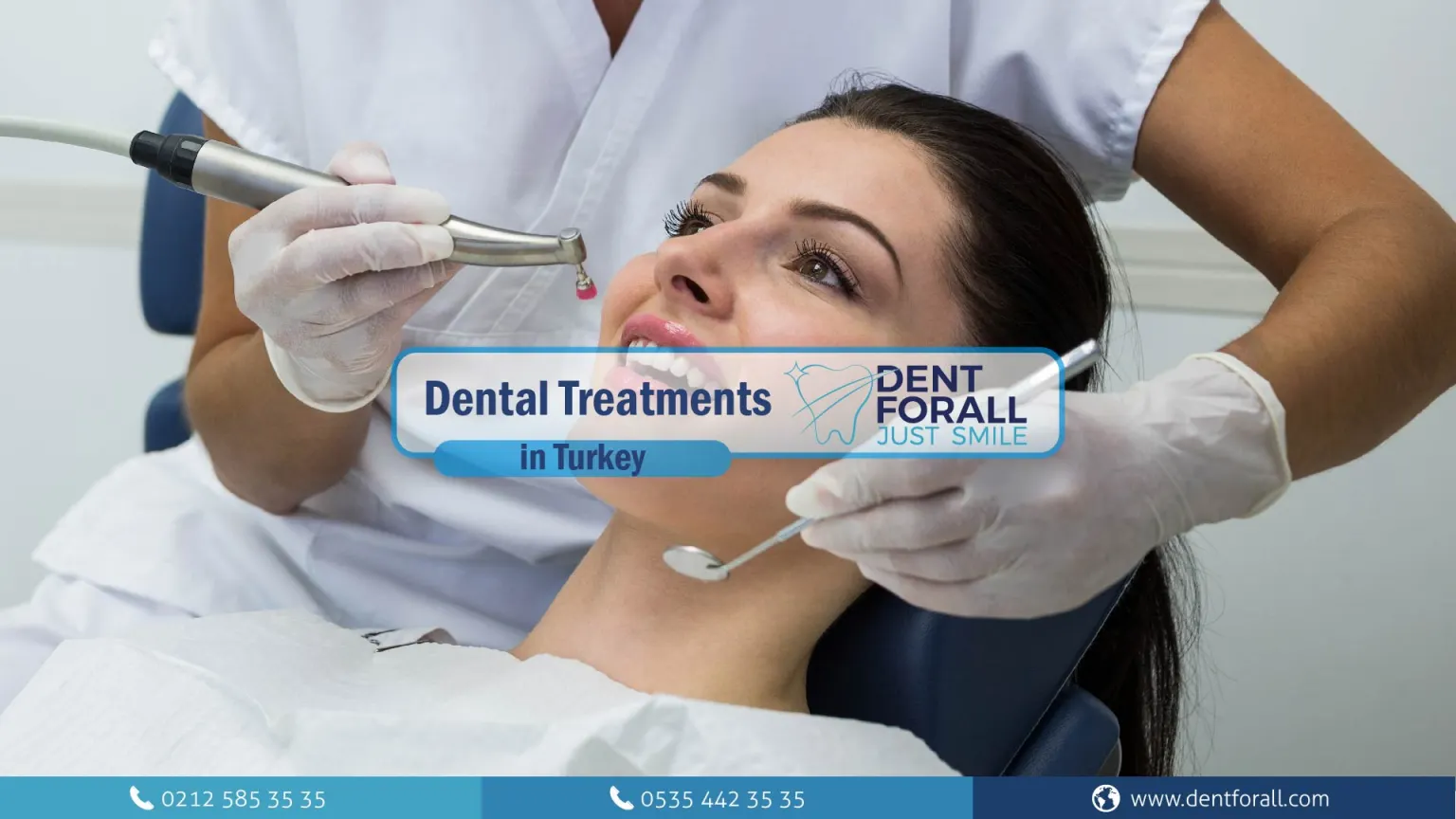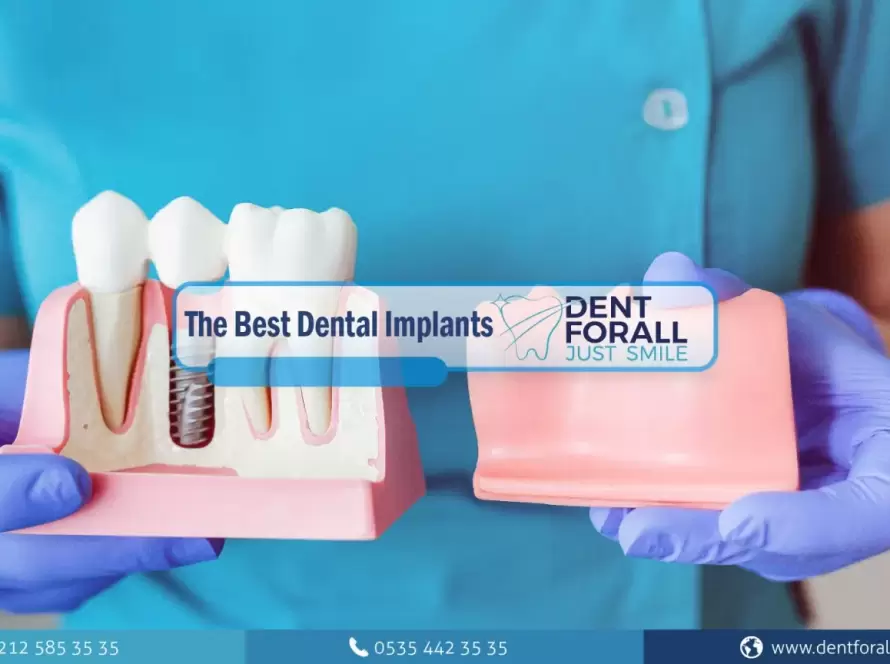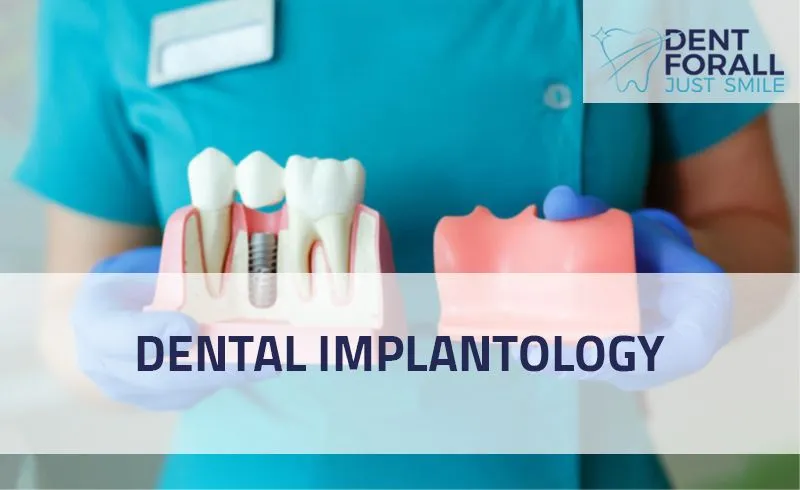In order to enjoy a beautiful smile and with confidence, we must take good care of the health of our teeth and mouth.
The relationship between oral and dental health and the health of the body as a whole is a close relationship without a doubt. On the one hand, oral and dental health is an integral part of the general health of a person, and on the other hand, the deterioration of oral health exposes the human body to many diseases such as cardiovascular disease, complications of diabetes, Lung disease, kidney disease, and the risk of premature labor.
The development of diseases of the teeth and gums can have a reflection not only on the integrity of the body’s systems, through the possibility of the passage of bacteria into the blood circulation, especially when infected with diseases of the teeth and gums or in the absence of oral and dental hygiene, but also on:
Correct pronunciation;
Digestion Process;
Facial aesthetics;
Gaining self-confidence;
Ability to build relationships.
There are many dental treatments that change according to dental problems,
including the following treatments :
- Periodontal Surgery: The indication for periodontal surgery is the persistence of deep pockets detected during a re-evaluation of periodontal treatment.
- Periodontal surgery is performed under local anesthesia Detachment of the gum tissue is performed to allow direct access to very deep pockets Thorough cleaning is performed Possibly bone filling or the use of specific material such as gels or membranes may The gums are then replanted and held in place by stitches. The postoperative effects are those observed in the event of oral surgery.
- Root Canal Procedure: Root canal treatment is necessary when an injury or severe decay damages the root of the tooth. The root becomes infected or ignites. The dentist anesthetizes the tooth. It makes an opening through the crown of the tooth to the pulp chamber.
- Tooth Filling: is used to repair minor fractures or decay in teeth, as a form of restorative dental treatment.
- Dental Crown : is a prosthetic device that allows a tooth to be reconstituted in order to ensure its function, shape, and aesthetics. It also helps protect against a risk of fracture or increased decay.
- Dental Implants: The dental implant is in the form of a cylindrical or cylindrical screw, mimicking the natural shape of the tooth root. It is between 10-15mm long, 3-5mm wide, and 2.5-6mm in diameter. Their shapes can also vary. Very resistant, it supports chewing forces between 10 to 35 kg per square centimeter. In particular, the dental implant is inserted into the jawbone in order to screw or glue a dental prosthesis over it.
- Tooth whitening: Teeth whitening is a process of giving an artificial white color to a dark-colored tooth. This is done by trying to modify the external structure of enamel and dentin by applying urea or hydrogen peroxide to them.
- Invisalign: it is a modern technique for straightening teeth without the hassle of traditional metal wires. It is a transparent plastic mold less than a millimeter thick, also known as a splint, which significantly displaces the teeth as long as it is worn all day. The appliance is removable and should be worn on your teeth for approximately 20 hours a day.
to sum up, we can say that whatever the problem with your teeth, it is necessary to consult specialists in the field to have the appropriate treatments and solutions.




